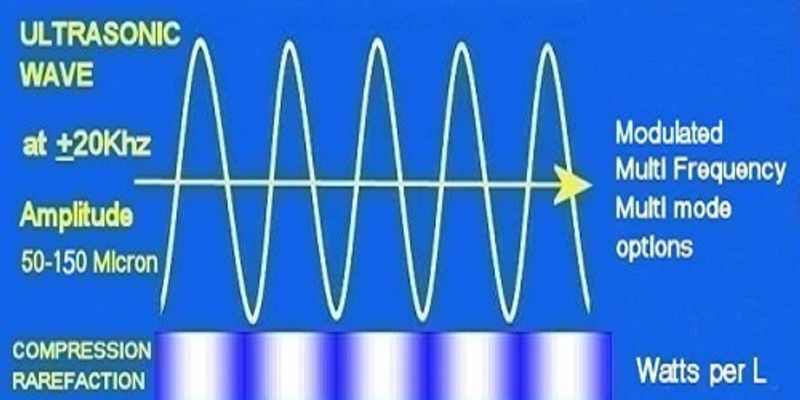Sonochemistry
Sonochemistry: the application of ultrasound to chemical reactions and processes. The mechanism causing sonochemical effects in liquids is the phenomenon of acoustic cavitation: the formation, growth, and implosive collapse of bubbles in a liquid. Bubble collapse in liquids produces enormous amounts of energy from the conversion of kinetic energy of the liquid motion into heating the contents of the bubble. The compression of the bubbles during cavitation is more rapid than thermal transport, which generates a short-lived localized hot-spot. Three classes of sonochemical reactions exist: homogeneous sonochemistry of liquids, heterogeneous sonochemistry of liquid-liquid or solid–liquid systems, and, overlapping with the aforementioned, sonocatalysis.
What's Popular in Sonochemistry
-
DEC 23, 2020CancerBrain cancer is an incredible challenge for modern medicine. Most drugs don’t make it past the blood-brain barrier ...Written By: Jasper Cantrell

